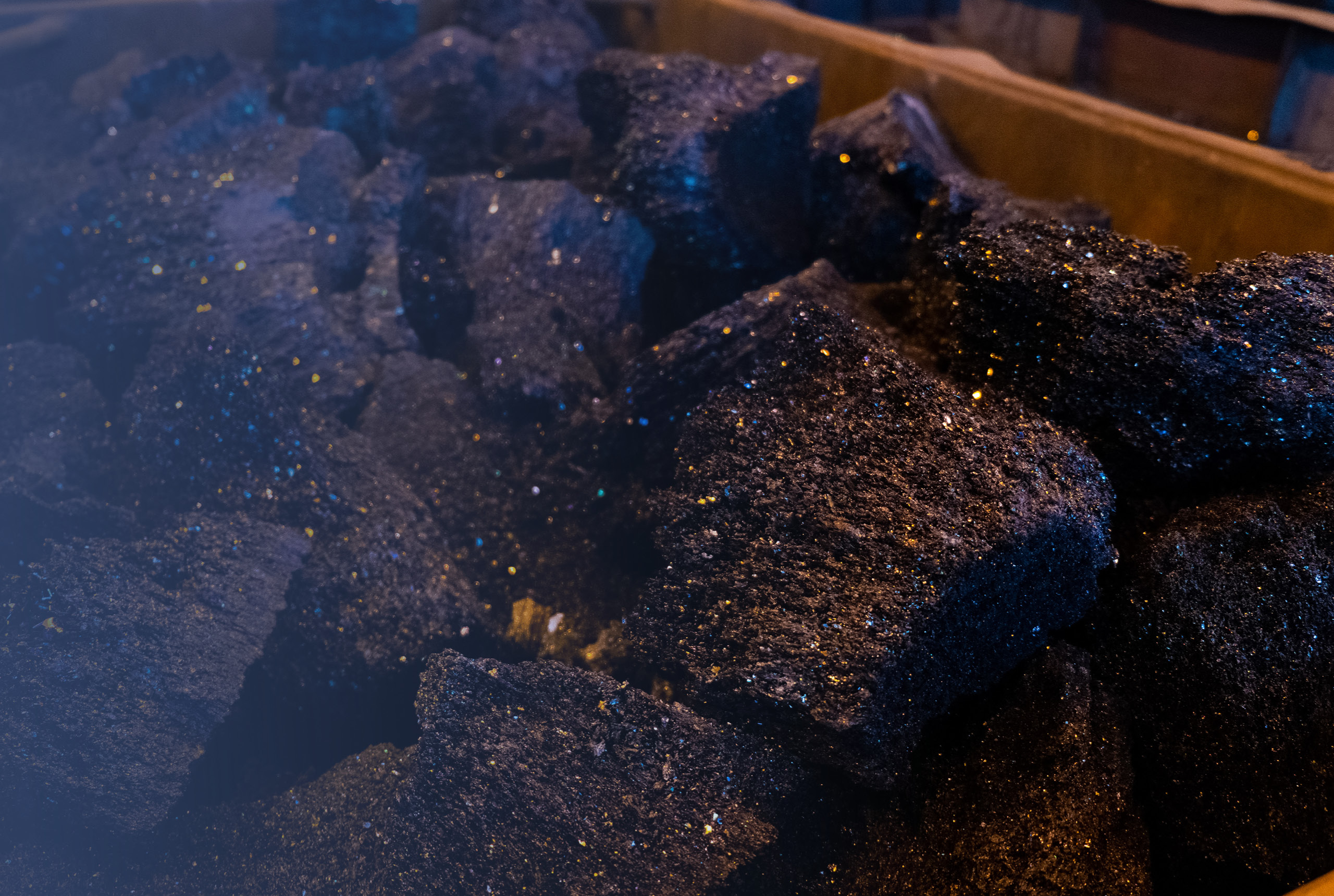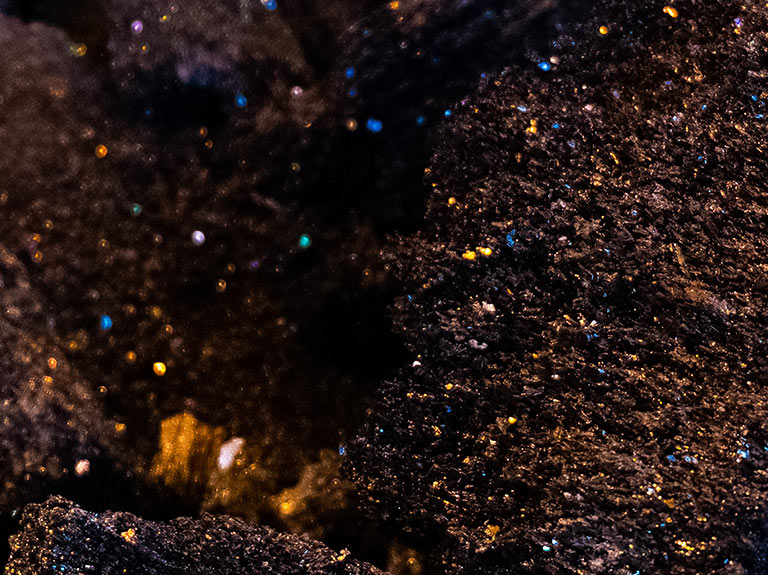
MATERIAL ANALYTICS IN THE AREA
Carbides
Carbides are compounds formed between carbon and a non-metal or metal, such as silicon carbide (SiC). Carbides are created when the individual elements undergo high temperatures and pressure during melting or reaction processes, causing carbon to integrate into the metal lattice.
Due to their heat resistance and hardness, carbides are widely used as semiconductors, catalysts, abrasives, or tool coatings.

We analyze both refractory products and raw materials that contain carbon and/or silicon carbide. We determine various carbon-bound forms, such as total carbon and free carbon, and derive the silicon carbide content from these values.
Additionally, we can analyze other elements, such as free metals, free silicon, free aluminum, free magnesium, free iron, as well as oxides, from major components down to trace elements.

For enquiries about these analyses, please contact our laboratory team at anfrage@industrial-lab.de or get in touch with your contact person:

Head of Team Inorganics
02762 9740 - 93
Send e-mail

Head of department
Inorganics / Sample Preparation
02762 9740 - 74
Send e-mail
Carbides are compounds consisting of carbon and a metal or non-metal. There are three types of carbides: ionic carbides, metallic carbides and covalent carbides.
- Ionic carbides: Chemical compounds that contain carbon as the more electronegative component (e.g. lithium carbide, magnesium carbide)
- Metallic carbides: Consist of carbon and elements from the 4th to 7th secondary groups, with the carbon atoms being stored in the tetrahedral gaps of the metal lattices (e.g. tungsten carbide, titanium carbide)
- Covalent carbides: Compounds of carbon and an element with approximately the same electronegativity (e.g. SiC silicon carbide, B4C boron carbide)
Ionic carbides react with water to form the corresponding metal hydroxide and a hydrocarbon.
Metallic and covalent carbides do not react with water.
Carbides are extremely hard, heat-resistant and wear-resistant, which is why they are used in numerous industrial applications. These applications range from metalworking tools, mining, electronics and aerospace to the automotive industry and medical technology.